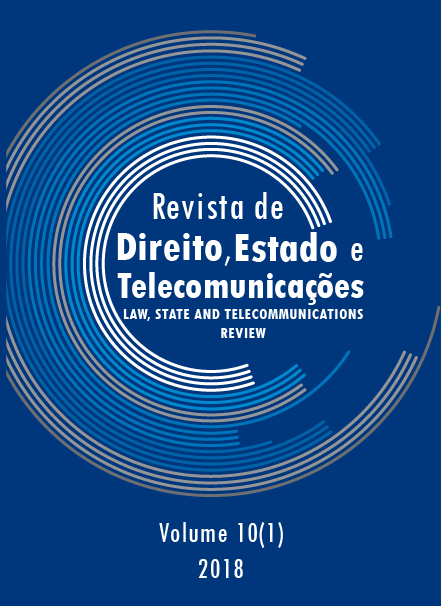Reducing Energy Consumption of the SEECH Algorithm in Wireless Sensor Networks Using a Mobile Sink and Honey Bee Colony Algorithm
DOI:
https://doi.org/10.26512/lstr.v10i1.21506Palavras-chave:
WirelessSensor Network. Lifetime. Metaheuristic Method. Honeybee Colony.Resumo
Purpose ”“ Clustering, routing, and data dissemination are an important issue in wireless sensor networks. The basic functions of wireless sensor networks are phenomena controlling in the physical environment, and the reporting of sensed data to the central node called sink, in which more operations can be done on the data. The most important limitation of wireless sensor networks is energy consumption. There are several ways to increase the lifetime of these networks, that one of the most important is the using proper clustering method. The aim of this study is to reduce energy consumption using an effective clustering algorithm and for this purpose, the honeybee colony metaheuristic method was used for cluster heads selection.
Methodology/approach/design ”“ The simulation in this paper was done using MATLAB software and the proposed method is compared with the LEACH and SEED approach.
Findings ”“ The results of simulations in this research indicate that the research has significantly reduced the energy consumption in the network than LEACH and SEED algorithms.
Originality/value ”“ Given the energy constraints in the wireless sensor network, providing such solutions and using metaheuristic algorithms can dramatically reduce energy consumption and, consequently increase network lifetime.
Downloads
Downloads
Publicado
Como Citar
Edição
Seção
Licença
Ao submeter seu artigo à Revista de Direito, Estado e Telecomunicações,
declaro aceitar a licença de publicação Creative Commons Attribution 4.0 International (CC BY 4.0).


